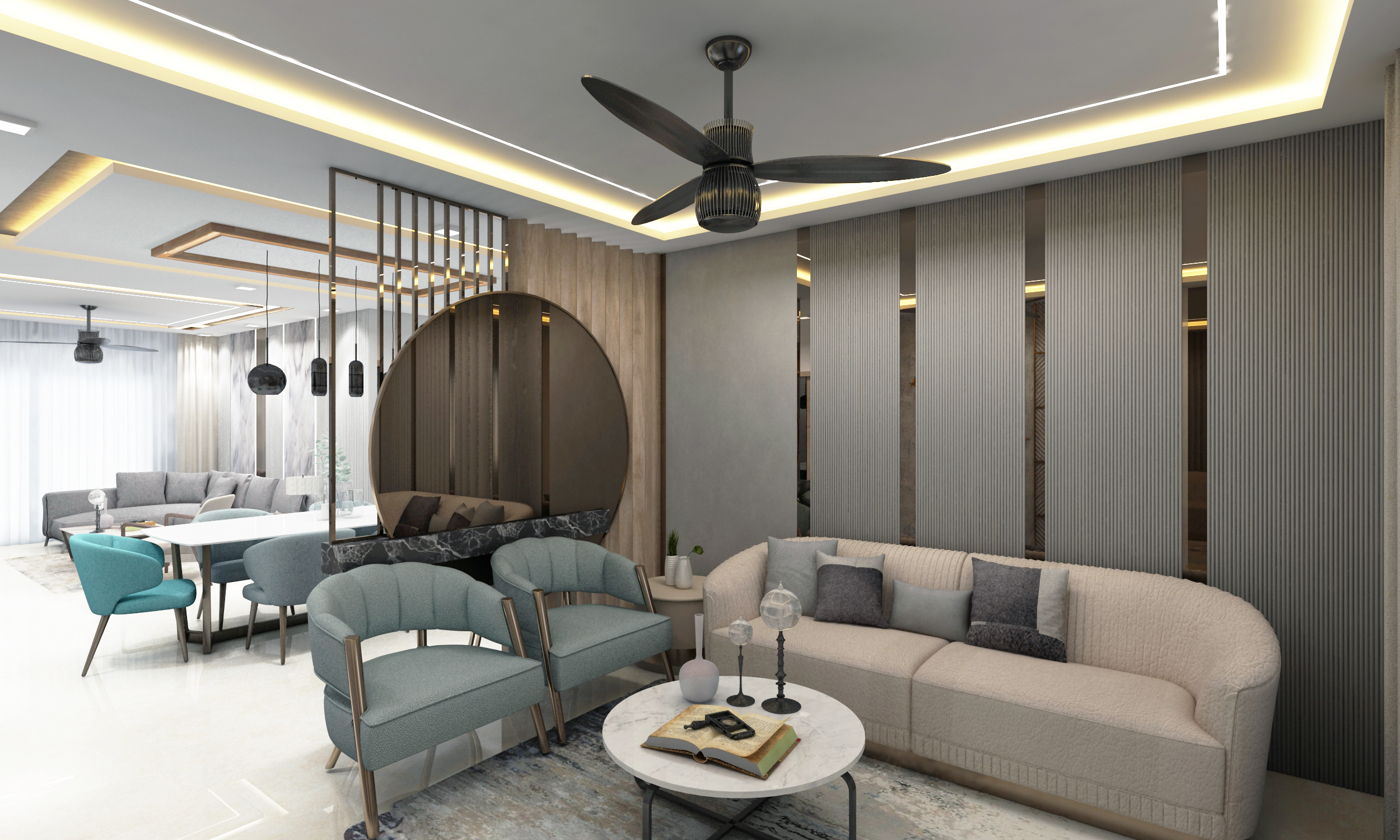In the realm of interior design, modular interiors and carpenter-designed interiors represent two distinct approaches to creating functional and aesthetically pleasing spaces. Each method has its own set of advantages and limitations, making them suitable for different types of projects and client needs. In this blog post, we will delve into the differences between modular interiors designed by professional interior design companies and interiors crafted by skilled carpenters.
Precision and Customization
One of the key differences between modular interiors and carpenter-designed interiors lies in the precision and level of customization. Interior design companies often use advanced software and machinery to create modular interiors. These tools allow for precise measurements and designs that can fit seamlessly into any space. On the other hand, carpenter-designed interiors rely heavily on the skills and experience of the carpenter. While this can lead to unique and highly customized solutions, it also introduces the potential for human error and inconsistencies in the final product.
Time and Efficiency
Time efficiency is another factor that sets modular interiors apart from those designed by carpenters. Since modular interiors are pre-fabricated in controlled environments, the installation process is often quicker and more streamlined. This can be particularly beneficial in projects with tight deadlines. Carpenter-designed interiors, however, require more time on-site due to the manual labor involved in crafting and assembling the components. While this can result in a more tailored finish, it inevitably extends the project timeline.
In today's fast-paced world, the flexibility and convenience of modular furniture are becoming increasingly appealing. Modular pieces can easily adapt to changing needs and lifestyles, making them a smart choice for modern living spaces.
Cost Considerations
Cost is a significant consideration when choosing between modular interiors and carpenter-designed interiors. Modular interiors, being mass-produced, often benefit from economies of scale, making them more cost-effective for larger projects. Interior design companies can offer competitive pricing due to their ability to produce components in bulk. Conversely, carpenter-designed interiors can be more expensive due to the bespoke nature of the work and the time-intensive labor required. However, for clients seeking one-of-a-kind, handcrafted details, the higher cost may be justified.
Design Flexibility and Aesthetic Appeal
Design flexibility is another area where these two approaches differ. Modular interiors offer a wide range of styles and finishes that can be mixed and matched to suit various tastes and requirements. This versatility makes them suitable for both residential and commercial spaces. Carpenter-designed interiors, while potentially more limited in terms of mass-produced options, excel in delivering unique and personalized aesthetic appeal. The craftsmanship involved can result in stunning, one-of-a-kind pieces that reflect the client's individual style and preferences.
Conclusion
In conclusion, both modular interiors designed by interior design companies and carpenter-designed interiors have their own strengths and weaknesses. Modular interiors are known for their precision, efficiency, and cost-effectiveness, making them ideal for large-scale projects with tight deadlines. Carpenter-designed interiors, on the other hand, offer unparalleled customization and aesthetic appeal, albeit at a higher cost and longer project timeline. Ultimately, the choice between the two will depend on the specific needs, budget, and preferences of the client.


